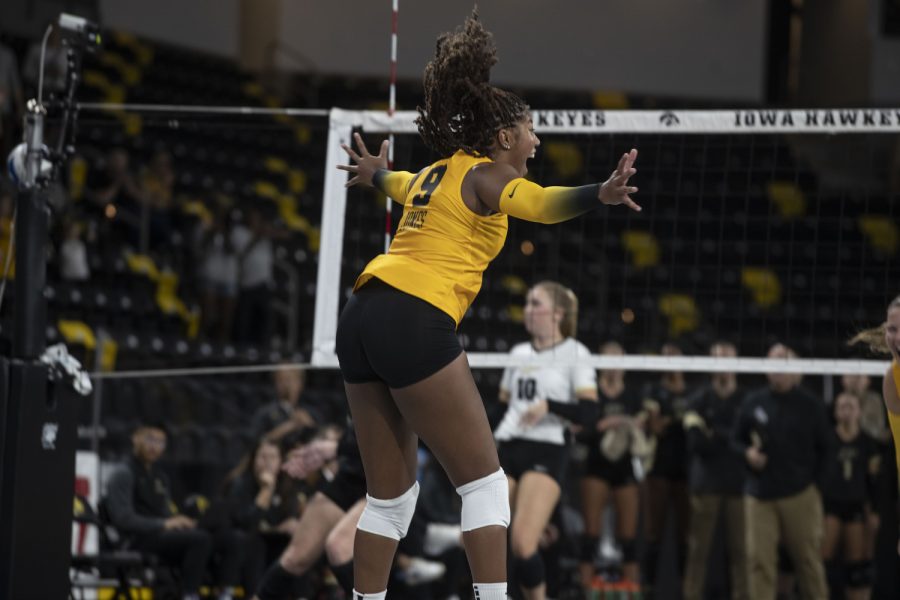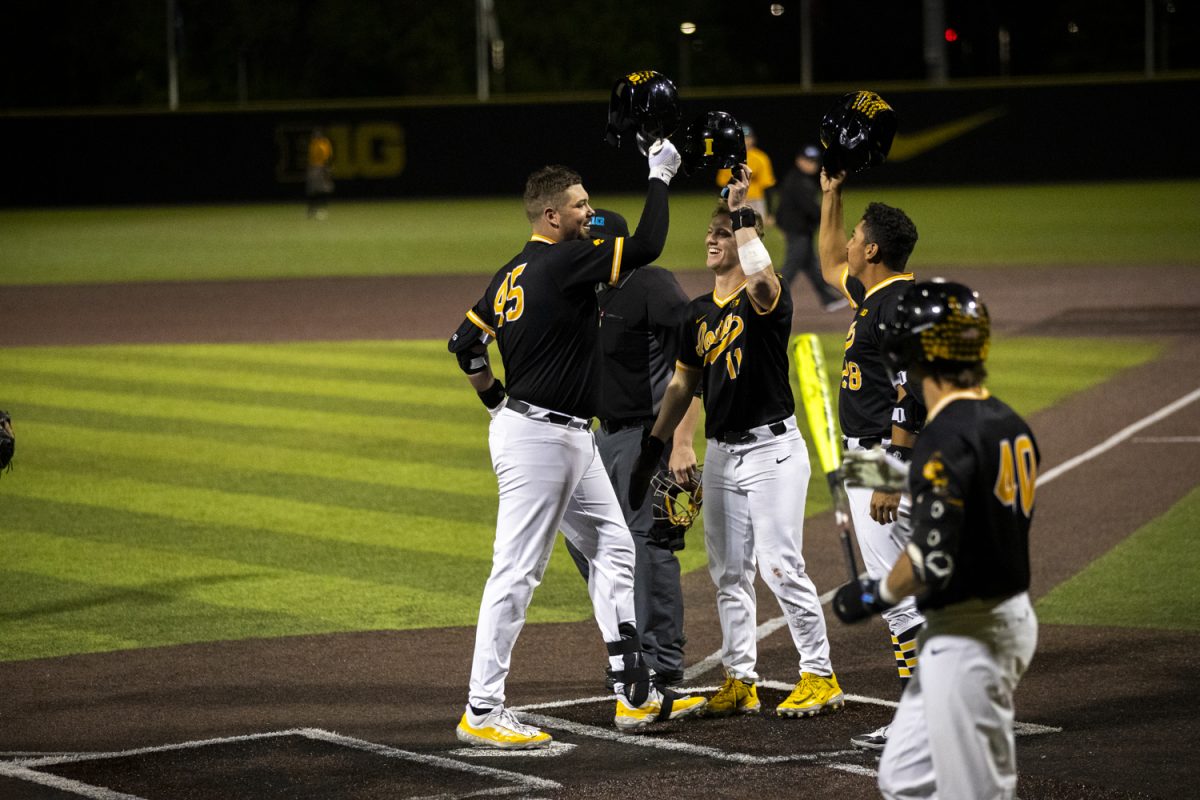One of the 13 Hawkeye football players hospitalized earlier this year is asking to speak with other schools, saying he’s still suffering from symptoms of rhabdomyolysis.
Iowa Athletics Director Gary Barta confirmed on Wednesday that senior defensive back Willie Lowe has been granted a release, which would allow him to transfer from the University of Iowa.
Lowe told ESPN.com’s Joe Schad on Tuesday that he was still experiencing symptoms — his weight is “still down 20 pounds” and he is “having headaches every few days.”
He also said he wasn’t sure if he’ll be able to play football again.
“I would like to be able to sit out a year, regain my strength, feel fine and play again,” Lowe told ESPN.com. “But I don’t know.”
Barta said in a statement Wednesday that the Hawkeyes hope to keep Lowe, who was hospitalized in January for rhabdomyolysis, a condition in which muscle fiber contents are released in the bloodstream and ultimately may cause kidney damage, following an intense team workout.
“While we’ve honored that request, our interest is for him to remain a Hawkeye,” Barta said. “However, we’ll support whatever decision he makes.”
Rhabdomyolysis is a condition in which muscle fiber contents are released in the bloodstream and ultimately may cause kidney damage.
Lowe did not return calls and messages left by The Daily Iowan Wednesday.
Schad also reported that two family sources of hospitalized players said others are still experiencing symptoms.
“Only a few players are back to full speed that I know of,” Lowe said to ESPN.com. “Some said this wasn’t a big deal. But this was a big deal to me.”
The 5-10, 172-pound Cleveland native has started two games in his Hawkeye career, both during the 2009 season. In three years, Lowe has recorded 23 tackles and two pass breakups in addition to forcing and recovering one fumble. He was not listed in the team’s depth chart released prior to the beginning of spring practice.
Head coach Kirk Ferentz said on March 23 that 12 of the 13 affected players had been medically cleared to participate in practice; linebacker Shane DiBona is recovering from shoulder surgery.
Ferentz said team physician Kyle Smoot would continue to monitor those players throughout the semester.
“They haven’t been on the same level of the guys who weren’t affected, certainly,” Ferentz said.
UI Sports Information Directors Phil Haddy and Steve Roe said Wednesday they didn’t anticipate head coach Kirk Ferentz to issue a statement on the matter.
Fred Mims, associate athletics director for student services and compliance, said he wasn’t aware of any transfer requests besides Lowe’s.
Shaun Prater — another of the 13 that were hospitalized — said on March 30 he was “back to normal.”
“Just the first practice I felt a little sluggish, kind of slow,” the senior cornerback said. “But since then, I’ve been picking off balls, running smoothly.”
A five-member committee of faculty and staff members — appointed by UI President Sally Mason to perform an analysis of the rhabdomyolysis incident — concluded that most of the blame for the hospitalizations should be placed on a Jan. 20 squat workout. In that exercise, players were to perform 100 squat lifts of half of their maximum weight as quickly as possible.
Ferentz said the exercise will not be repeated.
The 13th-year head coach said the Hawkeyes performed a similar exercise three previous times — in 2000, 2004, and 2007 — but obviously without a similar result.
“Like a lot of things that we do, we put players in tough situations, difficult circumstances,” he said. “… That’s part of what we do because when we play on Saturdays, in bowl games, it’s pretty challenging out there. The competition we play is tough.”
Senior tight end Brad Herman reflected on the workout on March 30.
“It was definitely one of the harder workouts I’ve ever had. But it was expected,” he said. “When we were done, as a team, I really felt like I accomplished something. You put limits on your mind, and when you physically accomplish a workout like that, you feel pretty special after doing that. I felt as a team it kind of brings you together.”






